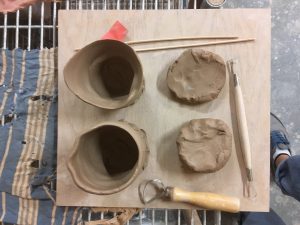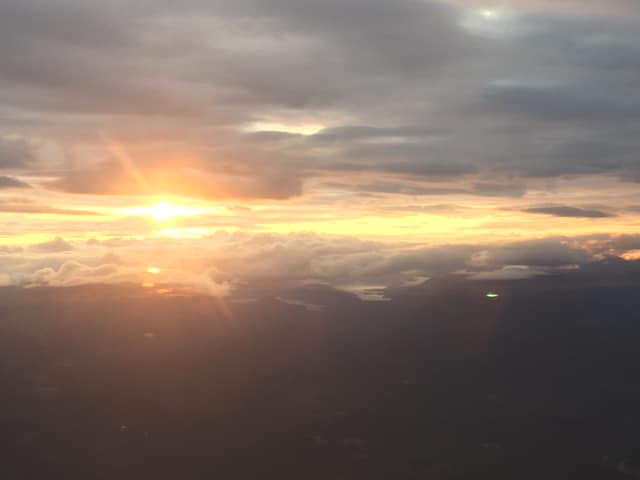On October 11, my ED 336 class went to the Pacific School for Innovation and Inquiry (also known as PSII, pronounced “sigh) to learn about Inquiry based learning.
This school, PSII, is, in my humble and professional opinion, so excellent and effective.
Inquiry is a beautiful process of learning that motivates students, provides an exceptional foundation for future learning, and prepares these young minds for the high-level executive functioning that is required to be successful in this modern world.
The students at this school start their year off by learning how to ask meaningful questions and spend their first week coming up with questions and then narrowing those questions down to topics that interest them and areas they would like to explore. Once this is done, students are provided tools, support, and time to delve deep into their inquiry projects.
Inquiry is unique in that it is a learning style that emphasizes the process of learning, as opposed to the creation of an end result, which is the goal of project based learning or most traditional schooling models. If a students inquiry no longer interests them or they have learned a satisfactory amount they can let an line of inquiry be dropped. This often happens and is seen as part of the inquiry process.
The unique and authentic learning that occurs at PSII is inspiring. I hope that this model becomes more common place in our learning world.


Recent Comments